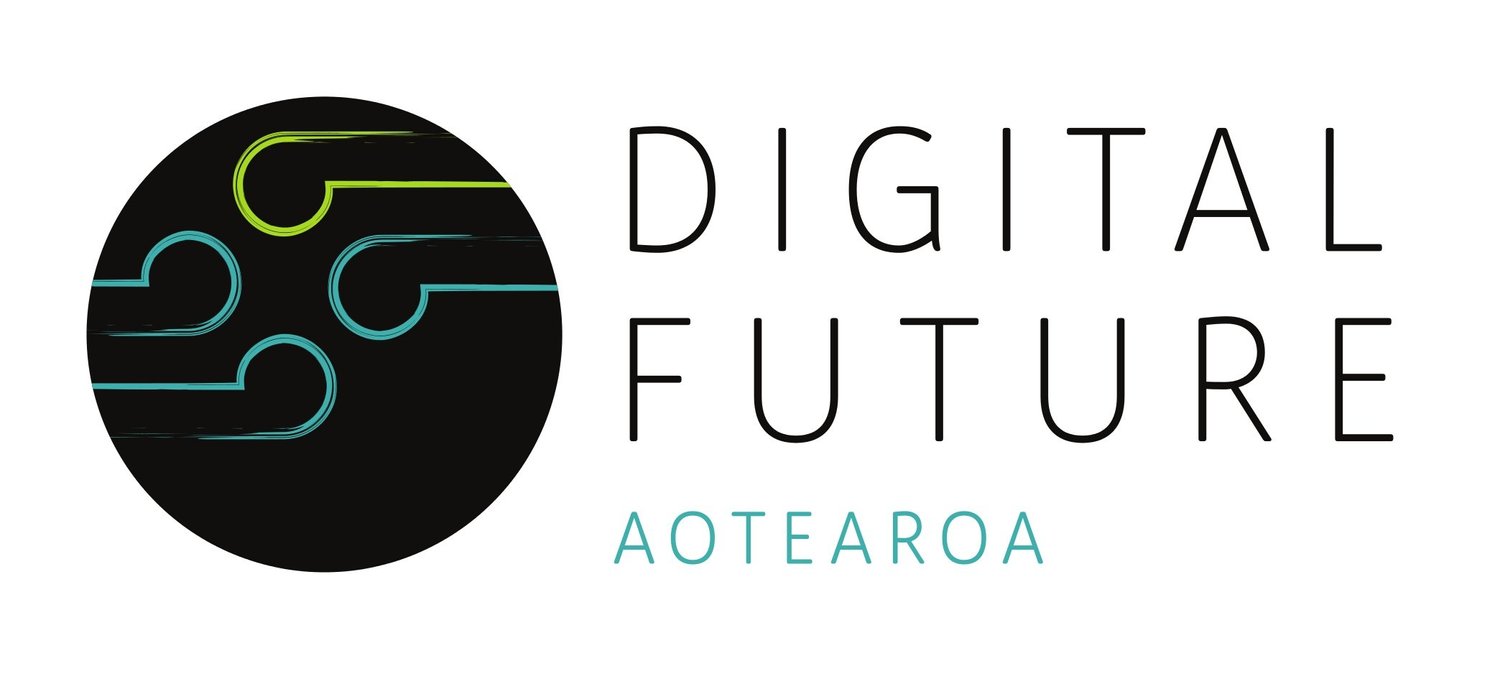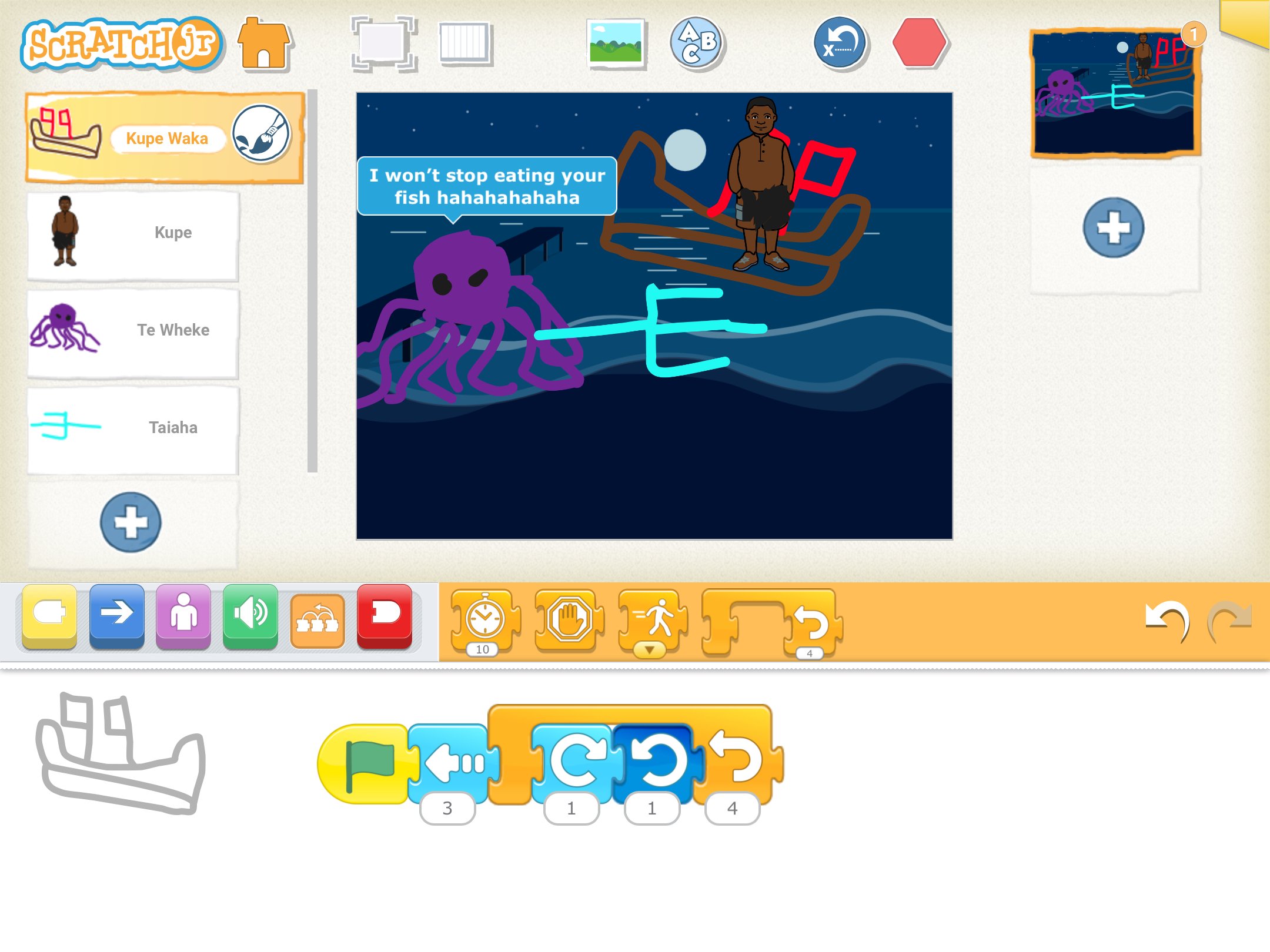Bringing Stories to Life: Digital Storytelling in Today’s Classrooms 📖✨
Storytelling is at the heart of every culture, weaving together experiences, values, and identities. In Aotearoa, we honour stories through song, speech, and oral traditions, with each tale reflecting a deep connection to our land and history.
As we move further into the digital age, our storytelling toolkit expands, offering new and exciting ways for students to craft and share their own narratives through technology. Digital storytelling is more than a skill; it’s an invitation for ākonga to move from consuming technology to creating with it, blending cultural heritage with creativity and innovation.
What is Digital Storytelling?
Digital storytelling combines traditional storytelling techniques with digital tools, enabling students to tell stories in ways that are interactive, visual, and highly personalised. From coding and animation to gamified stories and podcasts, ākonga can express themselves and connect with others in ways that truly speak to them. For students who might find traditional storytelling methods challenging, digital storytelling offers a fresh platform that encourages engagement, creativity, and confidence.
Digital Storytelling in Action: Real-Life Examples from Kura
1. Aidanfield Christian School – Honouring Notable Wahine Through Code
At Aidanfield, students delved into the lives of remarkable wahine from history. Through coding with Sphero, they mapped out each woman’s life milestones, creating an interactive story path. This hands-on approach brought historical narratives to life, encouraging students to explore, code, and retell each story from a digital perspective. By blending history with technology, students gained both digital literacy and a deeper understanding of their tūpuna.
➡️ Resource link: Explore Sphero-based resources in Digital Pīkau
2. Beckenham Primary School – “Greedy Cat” and Early Literacy Storytelling
In a New Entrant classroom, students used Bee-Bots to bring the classic “Greedy Cat” story to life. By coding the Bee-Bots through the story's events, students engaged with both sequencing and repetition, foundational skills in both literacy and coding. Another group used props and Kidbots for a hands-on, unplugged coding session, weaving in heart words and props to enhance the story’s elements. For these young storytellers, coding was more than technology—it was a way to immerse themselves in language and imagination.
➡️ Resource link: Check out Bee-Bot resources
3. Te Huarahi - Linwood Avenue School – Bringing Kupe and Te Wheke to Life with Scratch Jr
At Te Huarahi Linwood Avenue School, Year 4 students used Scratch Jr to animate the legendary tale of Kupe and Te Wheke. Supported by iPapa, students brought their own interpretations to this important narrative, developing coding skills alongside storytelling. This project allowed them to explore animation in a culturally meaningful way, combining computational thinking with creativity and respect for Aotearoa’s history.
Why Digital Storytelling Works in the Classroom
1. Creativity is Key
In digital storytelling, creativity reigns supreme. Moving from consuming technology to creating with it, students can dive into their imaginations and make each story their own. The variety of digital tools offers limitless options for self-expression, which empowers every ākonga to thrive and engage fully in the storytelling process.
2. Accessible Tools for Every Learning Style
Digital storytelling offers a wealth of accessible tools and platforms, from Scratch Jr to Bee-Bots and Sphero. Digital Pīkau provides resources tailored to these tools, helping kaiako integrate them seamlessly into the classroom. With the right tools, students of all abilities and learning preferences can join the journey of digital storytelling in a way that suits their strengths.
3. Computational Thinking in Storytelling
Digital storytelling naturally incorporates computational thinking by breaking narratives down into smaller, manageable parts. This decomposition process supports students as they organise and sequence story elements—characters, plot points, and settings—before coding them. By combining storytelling with computational thinking, students build critical planning and organisational skills.
4. Enhancing Literacy and Digital Fluency
For students who find traditional literacy challenging, digital storytelling provides a new way to shine. Whether through gamified stories, animations, or podcasts, they’re engaging with language and narrative structure in ways that feel natural and interactive. This approach strengthens literacy and fosters digital fluency, preparing them for a future where storytelling and technology go hand in hand.
Getting Started with Digital Storytelling: Tools and Resources
Ready to embark on a digital storytelling adventure with your ākonga? Here are a few essential tools:
Scratch Jr: Perfect for younger students, Scratch Jr lets kids animate stories, design characters, and create their own digital narratives.
➡️ Resource link: Learn more about Scratch Jr
iPapa for Visual Storytelling: With iPapa, students can add multimedia layers to their storytelling, combining sound, images, and text. Anything goes with this, an array of apps are available to support creation.
Explore the Digital Pīkau for free resources tailored to each of these tools, and find more ways to incorporate digital storytelling into your classroom!
Final Thoughts
Digital storytelling offers a rich, engaging way for students to bring their stories to life. By blending creativity, computational thinking, and cultural relevance, we’re not only equipping our tamariki with digital skills; we’re also nurturing their identities and confidence as storytellers. Let Digital Pīkau be your guide on this journey and see how digital storytelling can inspire, empower, and bring out the storyteller in every ākonga.
Ready to get started? Visit Digital Pīkau for resources and dive into the world of digital storytelling today!












